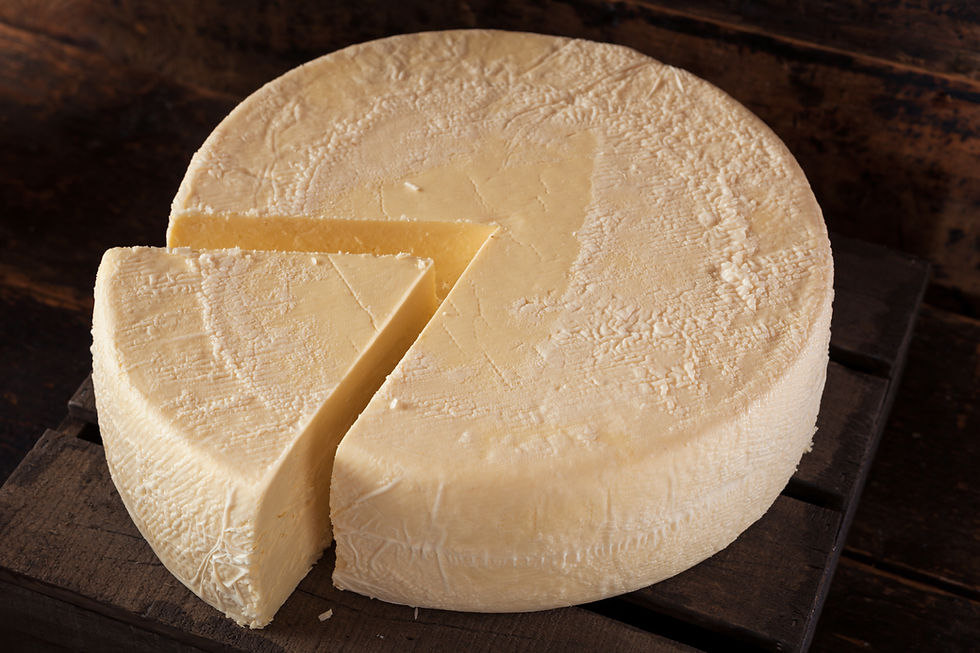Umami the Fifth Taste: Science & Cuisine
- Sylvia Rose

- Feb 22
- 2 min read
Umami comes from the Japanese for "taste," applied to savory flavors. The four basic tastes are sweet, sour, bitter, and salty. Umami is sensed by the middle part of the tongue. It brings depth to the flavors of food.

Umami is often described as savory, meaty or brothy. Unlike the other four tastes, determined by specific types of taste receptor cells, umami is triggered by presence of glutamates, or amino acids, and nucleotides.
Nucleotides are made of nucleic acids and include inosinate, which adds flavor to instant noodle broth, and guanylate. Nucleic acids exist in all living things. They create, encode and store information in cells, and express that information beyond the nucleus.

The umami receptor is activated mainly by glutamate. Foods high in this amino acid trigger taste buds, sending signals to the brain to enhance overall flavor. It's found in MSG (monosodium glutamate).
The umami sensation is amplified when glutamates are combined with nucleotides. This is the reason flavors in dishes like steak with mushroom sauce, or a soup with meat and seaweed, are layered and complex.

Umami elevates taste and causes cravings. Desire for umami is thought to have an evolutionary advantage, promoting intake of nutrient-dense food sources. Foods rich in umami include:
Tomatoes: Especially when cooked or sundried
Mushrooms: Shiitake, porcini, and other varieties
Meat & Seafood: Beef, pork, and seafood like tuna, mackerel, scallops, and shrimp
Aged Cheese: Parmesan, cheddar and other aged cheeses develop umami flavors during the aging process.
Seaweed: Kombu, nori and other seaweeds are glutamate sources
Soy Sauce & Miso
Broth & Stock: Slowly cooked broths, especially those made with bones.
Fermented Foods: Sauerkraut, kimchi, and other fermented foods develop complex umami notes.

Cooking with Umami
Layer Flavors: Combine umami-rich ingredients with other tastes to create depth and complexity.
Low and Slow Cooking: Slow cooking methods help to release glutamates and develop umami flavors.
Umami has deep cultural roots, influencing various cuisines. In Japanese cooking, ingredients like dashi, a stock made from seaweed and fish, brings umami tastes. Italian cuisine conveys umami through tomatoes and aged cheeses.

Non-Fiction Books:
Fiction Books:
READ: Lora Ley Adventures - Germanic Mythology Fiction Series
READ: Reiker For Hire - Victorian Detective Murder Mysteries


